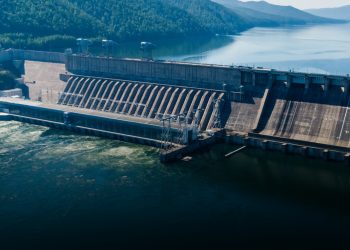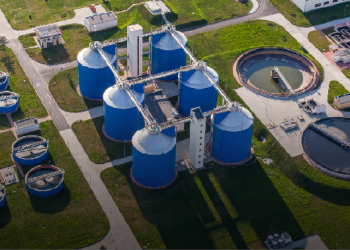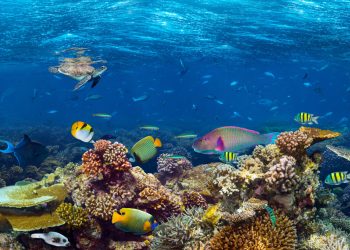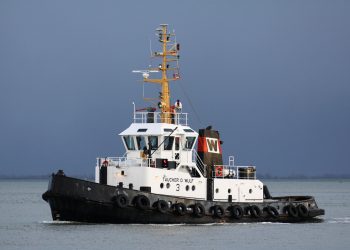Hold your breath for this one!
Compressed air brings humans a step closer to whales.
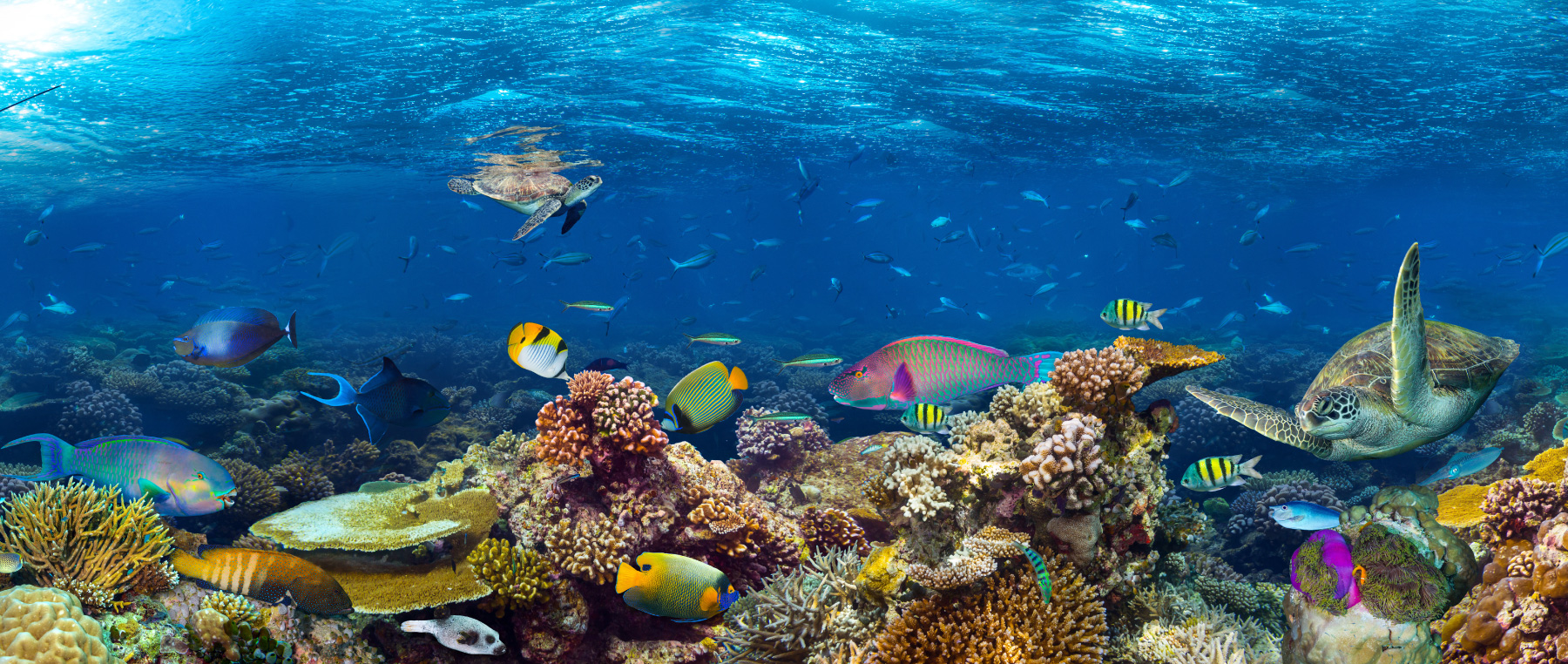
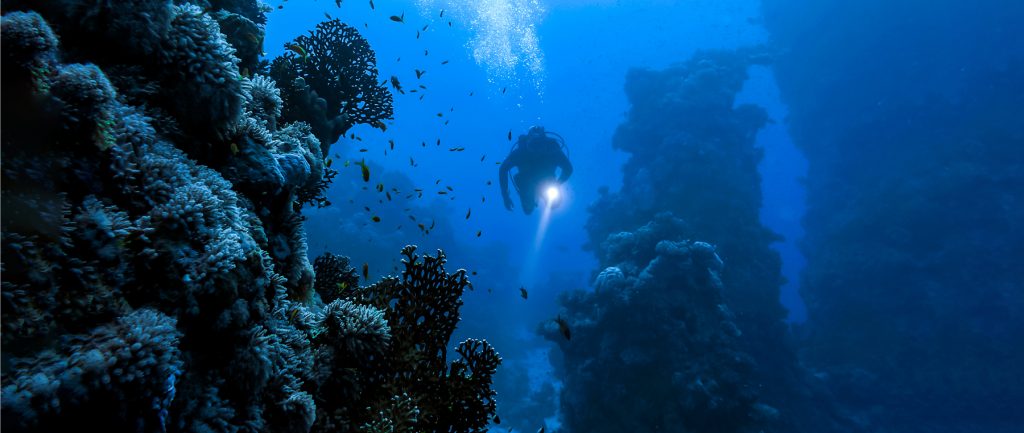
There are over 228,450 known species of flora and fauna in the oceans. It is also believed that there may be as many as 2 million species yet to be discovered!
Diving underwater to study the existence of these species has become one of the most popular adventure tourism activities over the years.
As you descend below the surface, you are overcome with a deep sense of euphoria, a discovery of freedom and tranquility and the genuinely marvelous underwater species!
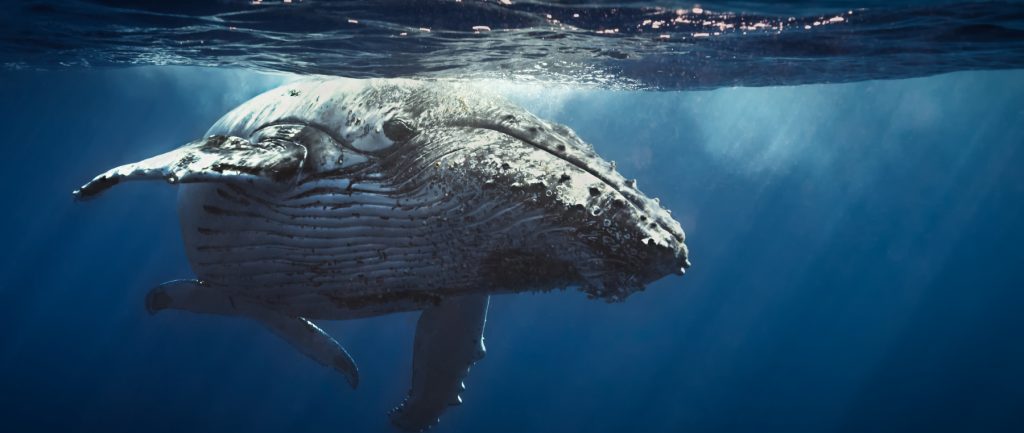
One such underwater marvel is the whale. Wrongly believed to be fish, whales are in fact mammals specialised for life in water. Whales, together with their smaller relatives, the dolphins and porpoises, belong to a group of animals called cetaceans. As mammals, all these species lack gills and must periodically come to the water surface for air.
Currently, there are 90 recognised species of cetaceans that can be broadly divided into two groups, depending on whether they have teeth (Odontocetes) or baleen (Mysticetes).
Baleen whales, have baleen plates in their mouths, which are narrow, vertical plates provided with fringes on the edges. These hang from the upper jaw in the interior of the mouth cavity. Baleen whales feed on zooplankton, by taking water along with food into their mouths and then expelling the water. The baleen plates trap the food as the water is sent out.
Toothed whales feed on fish, squid and warm-blooded prey such as seals and cetaceans.
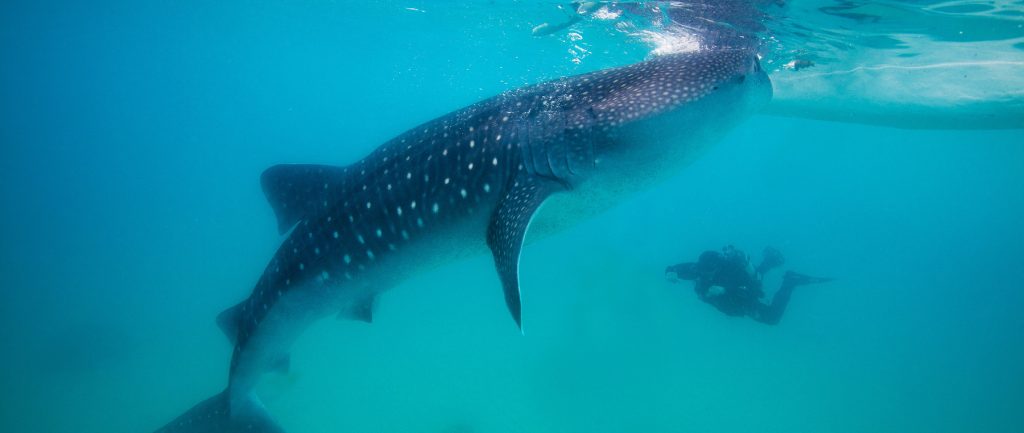
There’s deeper fish in the sea
While plankton, the prey of the baleen whale is found nearer to the surface, toothed whales find their food at different depths while another group called the beaked whales travel 1000 meters or more underwater to feed, searching for prey using a fascinating trick called echolocation. They produce sounds in the water!
These sounds reflect off objects in their path, helping them navigate and locate their food at night or in dark locations.
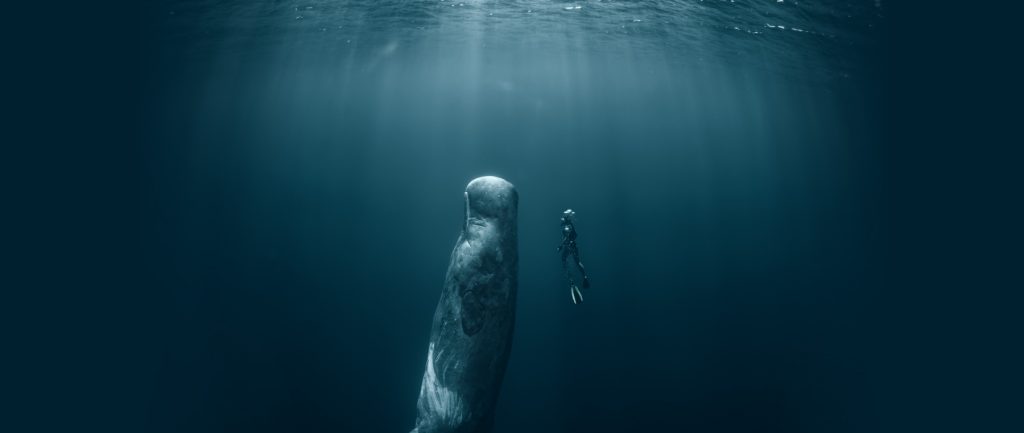
Testing the waters
Diving to greater depths requires a certain level of preparedness. You need a steady oxygen supply. Whales fill their lungs up to capacity and head back into the water to feed, drawing on vast reserves of oxygen stored in their muscles for a deeper dive.
Since water is denser than air, water pressure increases far more rapidly than atmospheric pressure with depth. The pressure increases by 1 atmosphere for every 10 metres (roughly) descend into the sea. Thus, a whale descending to 2000 metres must withstand a pressure of 200 atmospheres. There are further challenges while resurfacing rapidly as well.
Human divers must carry compressed air with them since holding their breath for the long duration underwater can be rather challenging. Breathing this air for long periods causes nitrogen to dissolve in the water of the body through the lungs.
For swimmers ascending quickly to the surface can result in an effect similar to that of opening a soda bottle. The pressure reduces swiftly, and the dissolved gas is released as bubbles. This leads to a condition known as decompression sickness or ‘the bends’. It’s very painful and can be fatal as well.
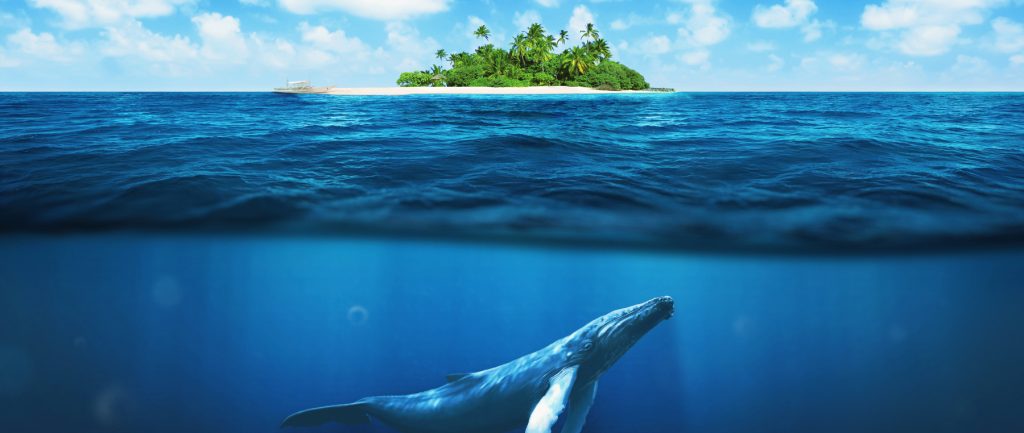
How do whales avoid decompression sickness?
The Cuvier’s Beaked whale known to be deepest diving animals of all, dive up to 9,874 feet (2,992 m) that is up to 2 hours and 17 minutes with just one breath of air!
Whales do not breathe compressed air like humans; they go down with just one breath which reduces the amount of nitrogen drastically. Beyond 100 metres, their bodies adapt to pressure conditions and all the air contained in the lungs is pushed into the windpipe and nasal passages, where nitrogen apparently cannot be absorbed.
From this point onward, the whale dives in safely as long as its oxygen stores last.
Read more about these impressive applications of compressed air, that open the horizons for exploration and enrich our lives with discovery and knowledge of our environment here.

